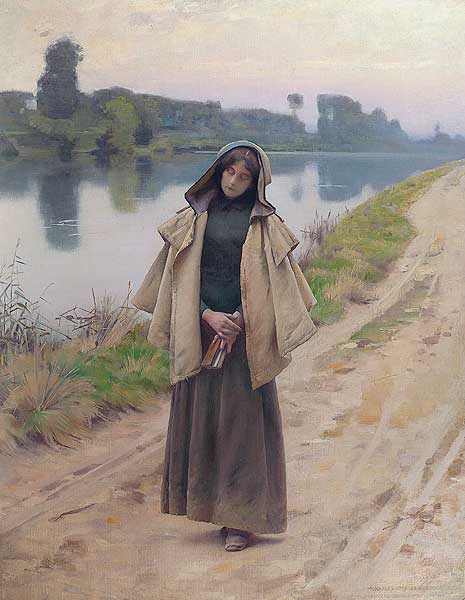
Charles Sprague Pearce (1851-1914) was an American painter who left a significant mark on the art world with his evocative and meticulously detailed works. Born on October 13, 1851, in Boston, Massachusetts, Pearce’s journey into art began in an era of burgeoning artistic exploration in the United States, yet it was in Europe where he found his artistic voice and achieved his greatest acclaim.
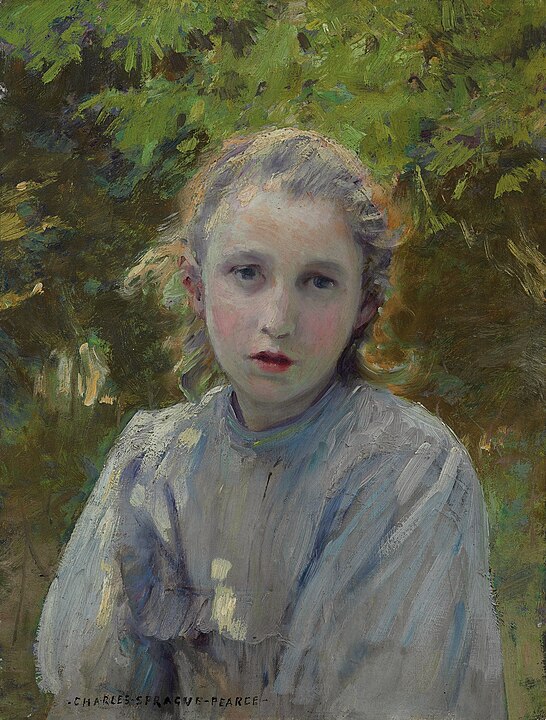
Pearce’s initial foray into the arts did not follow the traditional path of his time. It was only after moving to Paris in 1873, at the age of 22, that he seriously began to pursue a career in painting. This decision to relocate to France placed him in the heart of the European art scene, where he was exposed to a wide array of artistic styles and influences. Pearce enrolled in the École des Beaux-Arts, studying under renowned academic painters such as Léon Bonnat and Jean-Léon Gérôme. The training he received under these masters was instrumental in shaping his technical skills and artistic sensibilities.
Academic precision
Pearce’s work is often characterized by its academic precision, a reflection of his formal training, yet it also exudes a warmth and humanity that set it apart. His subjects ranged from intimate genre scenes and portraits to grand historical and religious paintings. However, it was his genre scenes, which depicted everyday life with a sense of dignity and grace, that garnered him the most recognition. These works often featured the rural and pastoral settings of France, capturing the simple beauty of the countryside and its inhabitants with empathy and respect.
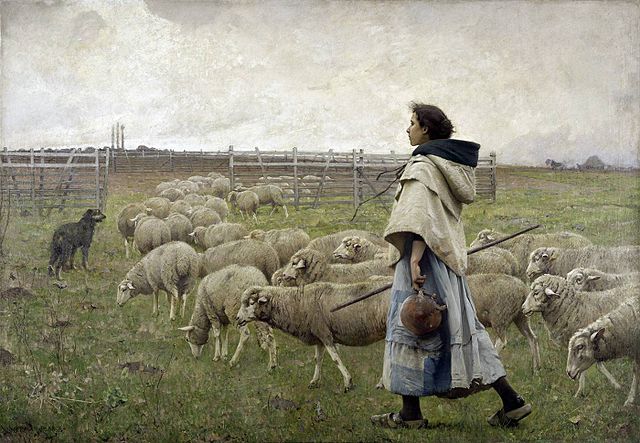
In addition to his genre scenes, Pearce was also known for his contributions to religious and historical art. His paintings in these categories are notable for their thoughtful composition and depth of feeling, bringing a contemporary sensitivity to traditional subjects. Pearce’s work in this vein was sought after for public and private commissions both in Europe and the United States.
Pearce was an active participant in the Parisian art world and beyond, exhibiting his work at the Paris Salon and other prestigious venues. His paintings were well received, earning him medals and accolades, and solidifying his reputation as a skilled and sensitive artist. Despite his success in Europe, Pearce remained connected to the American art scene, contributing to the cultural exchange between the continents.
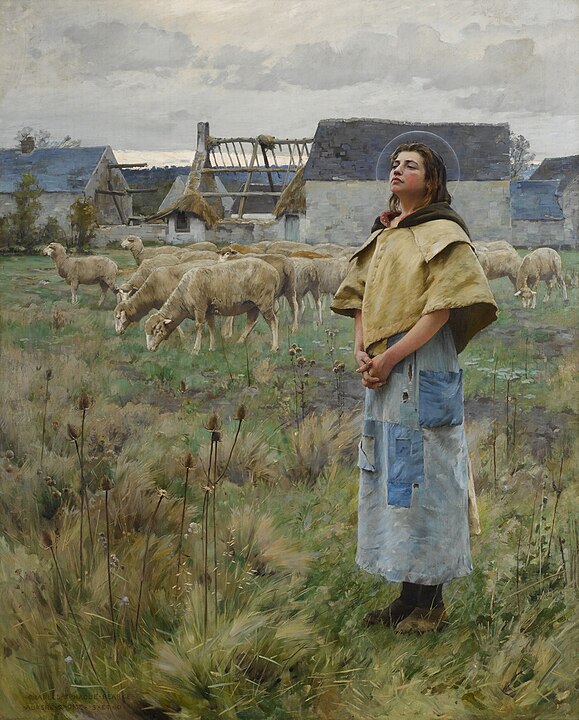
One of Pearce’s most significant contributions was his role in the decoration of the Thomas Jefferson Building of the Library of Congress in Washington, D.C. His murals for the Library, completed in the late 19th century, are among his most celebrated works, embodying the ideals of knowledge and enlightenment that the institution represents. These murals showcase Pearce’s versatility as an artist and his ability to convey complex themes through his art.
Deep humanity
Throughout his career, Charles Sprague Pearce remained dedicated to his craft, continually evolving his style while staying true to his artistic convictions. His work is characterized by a deep humanity and a mastery of light and composition, qualities that have ensured his place in the annals of art history.
Pearce’s later years were spent in France, where he continued to paint and exhibit his work. He passed away on May 18, 1914, in Auvers-sur-Oise, leaving behind a body of work that continues to be celebrated for its beauty, technical skill, and emotional depth. Today, Pearce’s paintings can be found in museums and private collections around the world, testament to his enduring legacy as an artist who bridged the American and European art worlds with his unique vision and talent.
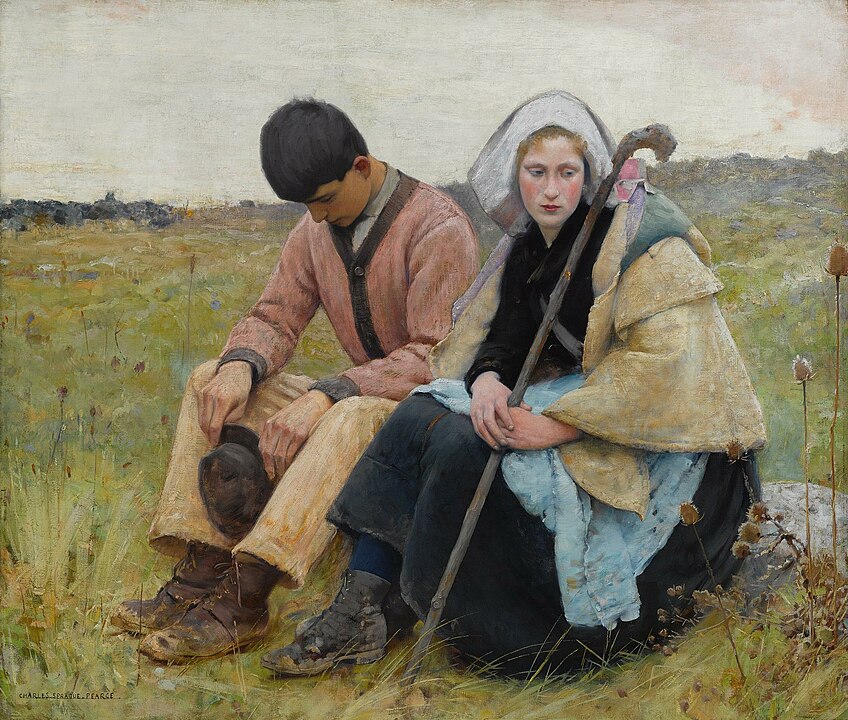
In summary, Charles Sprague Pearce’s biography is a testament to the power of cross-cultural exchange in the arts and the enduring appeal of classical painting techniques applied to both traditional and everyday subjects. His dedication to his craft and his ability to capture the essence of human experience in his work have cemented his status as a significant figure in the history of American art, celebrated for his contributions to both the European and American art scenes.






